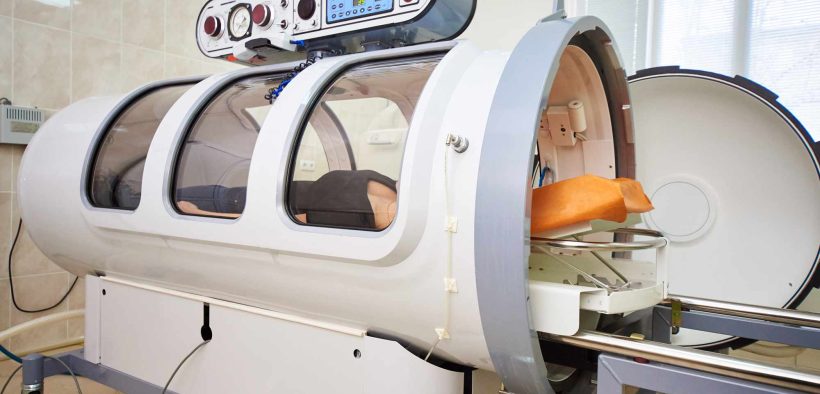A hyperbaric chamber is a specialized medical device that delivers 100% oxygen at high pressure to promote healing and improve oxygen circulation in the body. Originally used to treat decompression sickness in deep-sea divers, hyperbaric oxygen therapy (HBOT) is now widely used for burn injuries, carbon monoxide poisoning, slow-healing wounds, radiation damage, and certain infections. The therapy works by increasing oxygen levels in the blood, stimulating tissue repair, and enhancing immune function.
Advertisements

Despite its medical benefits, hyperbaric therapy carries potential risks. These include lung damage, sinus and ear pain, oxygen toxicity (which can lead to seizures or lung complications), and, in extreme cases, fire hazards due to high oxygen concentration. Sessions typically last from minutes to a few hours, during which patients must be closely monitored for side effects.
Recently, a tragic hyperbaric chamber explosion in Michigan resulted in the death of a 5-year-old boy and injuries to his mother. While authorities are investigating the cause, experts emphasize that such incidents are extremely rare but highlight the importance of strict safety protocols. Medical professionals advise caution, particularly for individuals with lung conditions, recent ear surgeries, claustrophobia, or colds, as these factors can increase the risk of complications.
Despite the risks, many patients have experienced life-changing benefits from hyperbaric oxygen therapy, with studies suggesting improvements in wound healing, cardiac function, immune response, and tissue regeneration. However, as seen in the Michigan case, proper safety measures and equipment maintenance are critical to preventing rare but serious accidents.

